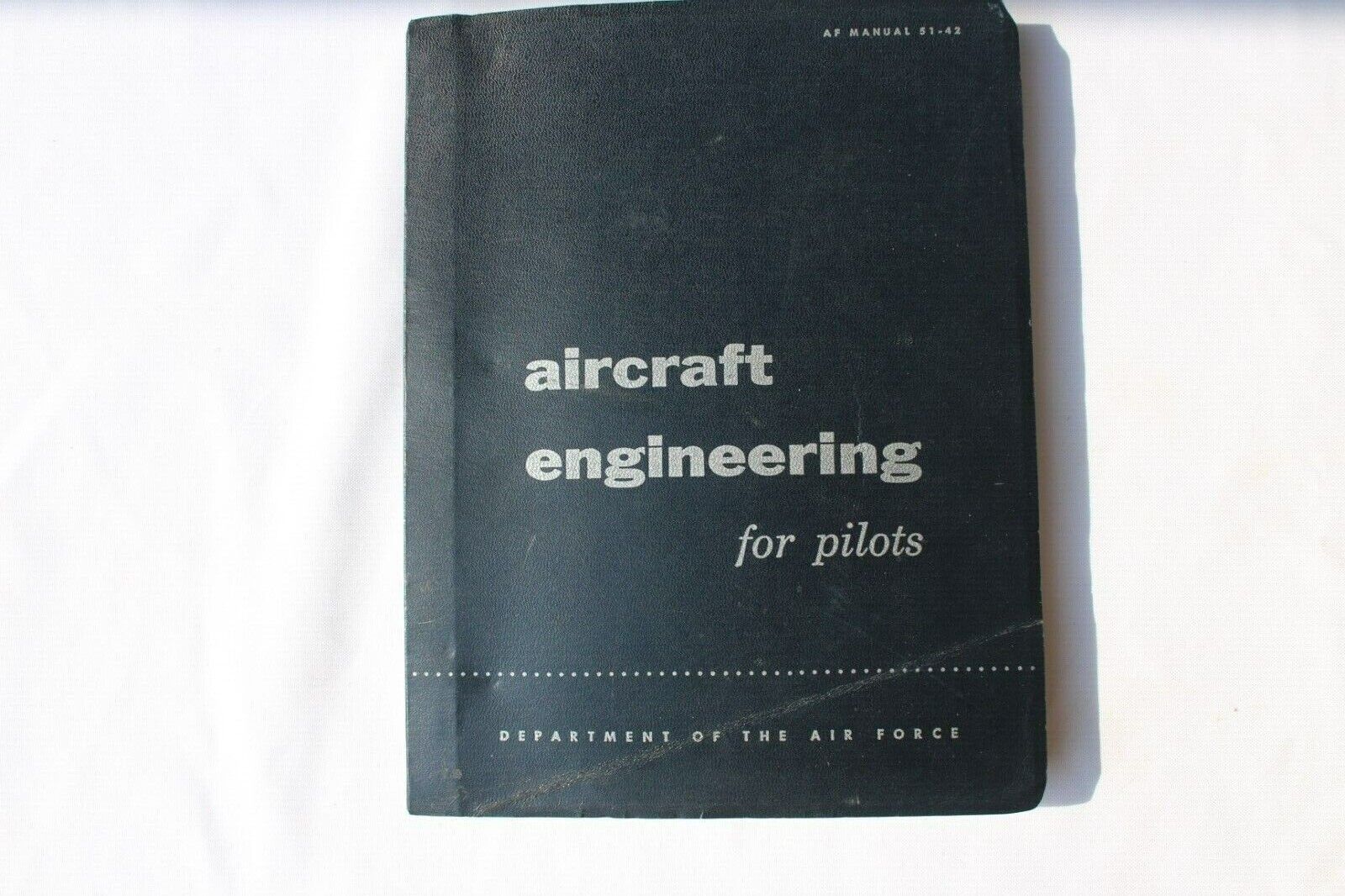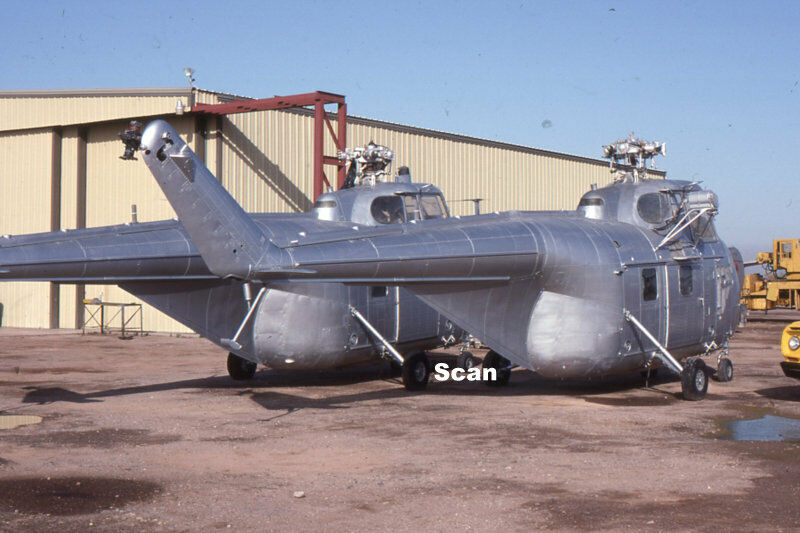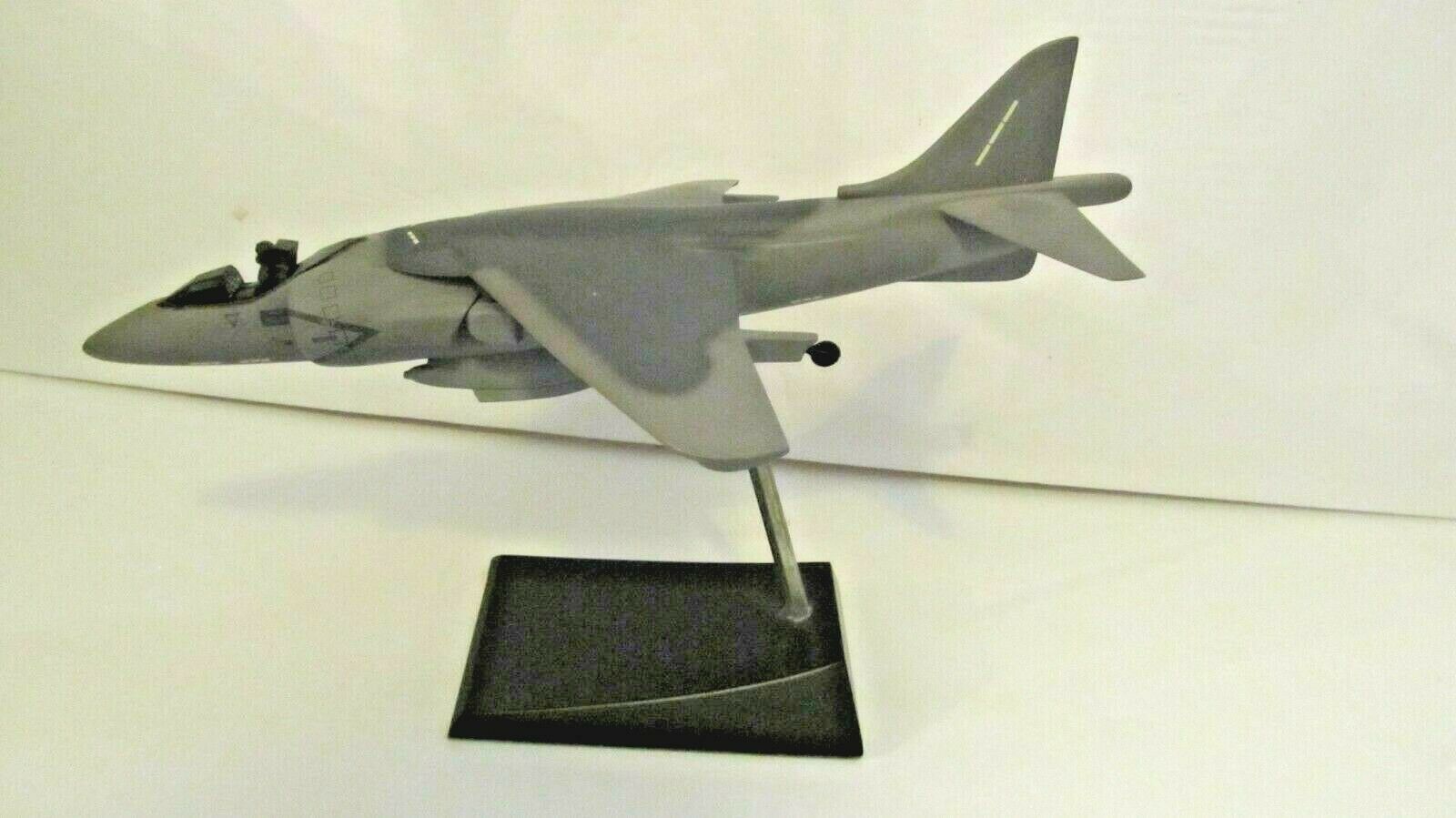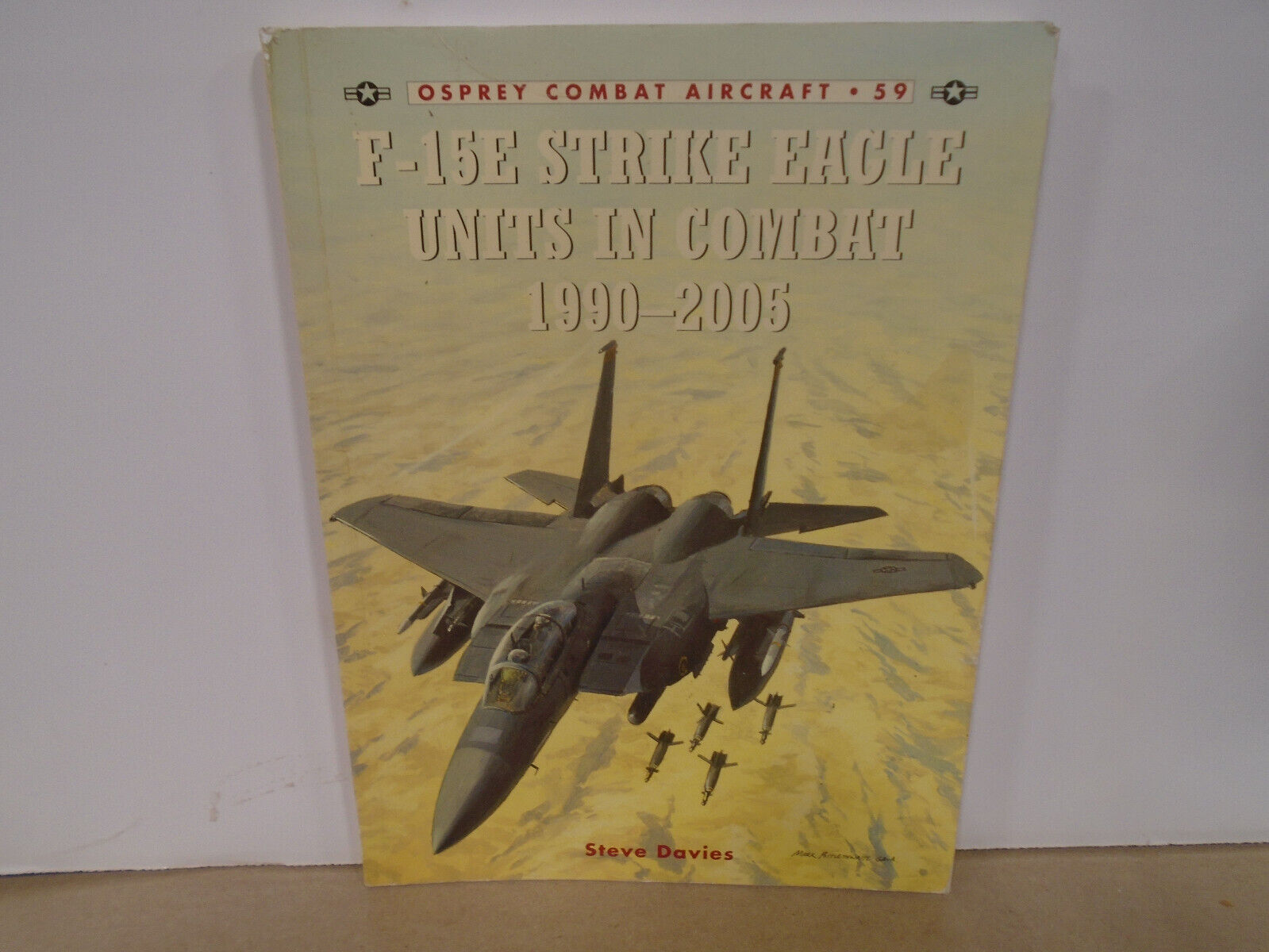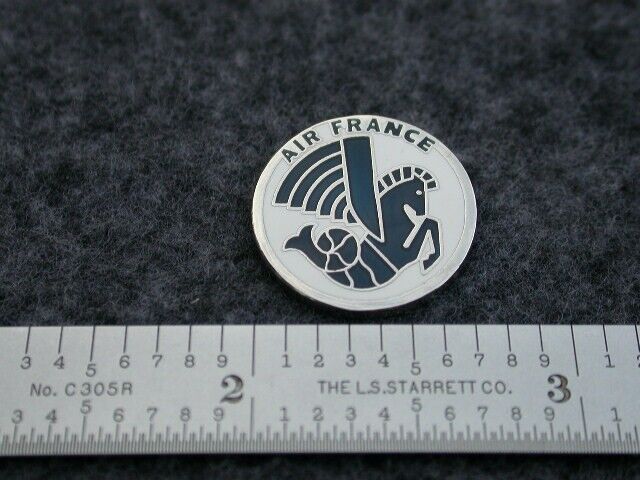-40%
CLEMENTS MCMULLEN AVIATOR ORIGINAL PHOTO VINTAGE MAJOR GENERAL CEMENT HEAD 4
$ 52.8
- Description
- Size Guide
Description
CLEMENTS MCMULLEN AIR FORCE MAJOR GENERAL AVIATOR VINTAGE ORIGINAL PHOTO FROM1930
MEASURING APPROXIMATELY
8 X 10 INCHES
Clements McMullen was born in Largo, Fla., in 1892. He attended Washington and Lee University in Virginia and engaged in civil engineering in Florida for five years. He became a flying cadet on Sept. 18, 1917, and was commissioned a second lieutenant in the Aviation Section, Signal Reserve on March 6, 1918.
Upon becoming a flying cadet, he entered the School of Military Aeronautics at the Georgia School of Technology in Atlanta, Ga. Upon receiving his commission in March 1918, he went to Kelly Field, Texas, to enter the School for Instructors. The following month he transferred to Gerstner Field, La., as a student in the pursuit course and instructor in combat flying.
In July 1918 he became Officer in Charge of Flying at the Gunnery School at Rockwell Field, Calif. He joined the 90th Aero Squadron at Eagle Pass, Texas, in July 1919 for border patrol duty. In November 1919 he transferred to Sanderson, Texas, for further border patrol duty with that squadron. He became a Flight Commander with the 1st Surveillance Group there in January 1920.
He became Assistant Engineer Officer at the Montgomery Air Intermediate Depot in Alabama in January 1921. He went to Carlstrom Field, Fla., in December 1921 as the Officer in Charge of the Machine Shop and Motor Tests. In July 1922 he became Commanding Officer of the 62nd Service Squadron at Brooks Field, Texas.
In September 1924 he was made Engineer Officer of the San Antonio Air Intermediate Depot in Texas. He went to Camp Nichols, Philippine Islands, in July 1926 for duty with the 2nd Observation Squadron. The following October he joined the 3rd Pursuit Squadron at Clark Field, Philippine Islands.
He returned to the United States in July 1928 to enter the Air Corps Engineering School at Wright Field, Ohio. Following his graduation in June 1929, he remained at Wright Field as Chief of the Repair Branch of the Experimental Engineering Section. He came Chief of the Power Plant Branch in April 1932.
He entered the Air Corps Tactical School at Maxwell Field, Ala., in September 1933. He graduated in June 1934 and remained there as Post Engineering Officer. In March 1935 he became Assistant to the Operations and Training Officer, G-3, at the Headquarters of the General Headquarters Air Force, Langley Field, Va. In July 1936 he became G-3 of the General Headquarters Air Force.
In August 1937 he entered the Command and General Staff School, Fort Leavenworth, Kan. He graduated in June 1938 and then became Chief Engineering Officer at the San Antonio Air Depot in Texas. In March 1941 he became Commanding Officer of the San Antonio Air Depot. He became Commanding Officer of the 3rd Air Service Area Command in January 1942 in Atlanta, Ga. In August 1942 he was assigned to Headquarters, Air Service Command, Washington, D.C., as Chief of the Maintenance Division. In December 1942 he was assigned to serve in that same capacity at Patterson Field, Ohio.
In October 1944 he was appointed Commanding General of the Far East Air Service Command. He became Chief of Staff at PACUSA, with headquarters in Tokyo, in January 1946, returning to AAF headquarters in Washington, D.C., the following October.
In November 1946, he took over the 8th Air Force at Fort Worth, Texas, and the following January was designated Deputy Commander of Strategic Air Command, with headquarters at Andrews Field, Md. In March he took over additional duty as Chief of Staff of SAC, retaining his position as Deputy Commander.
He is rated a command pilot, combat observer and technical observer.
His decorations include Air Medal and Distinguished Service Medal with oak leaf cluster.
Founder Member #15
Charter Member
National Commander, 1952-55
Clements McMullin, born on Feb. 5, 1892, received his wings on March 6, 1918, and was commissioned a second lieutenant in the Aviation Section of the Signal Reserve Corps.
An extensive write-up of his career can be found at https://www.findagrave.com/memorial/47260807/clements-mcmullen. Following are some of the highlights:
…In February 1930, Lieutenants McMullen and W.W. White broke a number of flying records using a Lockheed-Vega monoplane powered by a Pratt & Whitney Wasp engine. They broke the flying record from New York to Buenos Aires, Argentina by flying an estimated 6,870 miles in an official time of 52 hours and 15 minutes; an average speed of 130 miles per hour. In charting their flight, they used a route that also broke the record for flying from New York to Miami, FL. While breaking the New York to Buenos Aires record, they also achieved an aviation first; it was the first time a nonstop flight was made between the U.S. and the Panama Canal. Upon reaching their Argentinian destination, the young aviators were given a hero’s welcome and their exploits were radioed around the world.
…Brilliant at analyzing and solving logistical problems, McMullen also had a knack for foreseeing them. As commander of the Air Depot he submitted proposals for expansions that would become crucial with the advent of World War II. In 1941, he pleaded for reorganization of the Kelly, Duncan, Brooks, and Stinson Air Bases that were all within a few miles of each other near San Antonio. Recognizing the potential danger, he suggested solutions to remedy the problem and a number of them were eventually implemented.
…In October 1948, McMullen became Commanding General of the San Antonio Air Material Area (SAAMA) located at Kelly AFB, TX. On 25 June 1950, North Korea invaded South Korea and SAAMA responded with the Air Force’s top expert in logistics and air materiel at its helm. Within three days, Air Materiel Command (AMC) initiated Project Hold-Off that held back items going to other destinations and gave those items priority for the Far East. The supply personnel at Kelly worked two shifts, seven days a week, and processed all requests for the Far East Air Forces within 24-hours of receipt.
…At the age of 62, McMullen retired on 28 February 1954, after 37 years of active military service. At retirement, he was the oldest active pilot in the U.S. Air Force and in command of the largest air depot in the world (23,463 employees). He was one of the longest-serving local commanders in the history of Kelly AFB and was loved
and admired by the civilian workers and the officers and airmen under his command. His retirement had one of the largest military celebrations in the history of the service. It was attended by thousands of Kelly AFB civilian employees and military personnel, 62 active and retired USAF generals, and 238 city, county and federal, distinguished guests. The US Air Force Band played while 1,800 troops passed in review and an aerial salute flew overhead.
Major General, U.S. Air Force
Clements McMullen was the son of William A. and Rosa B. "Ramage" McMullen and was of Scottish descent. He attended Washington and Lee University in Lexington, VA from 1907-11 and graduated with a degree in Civil Engineering. He was then employed by the State of Florida as an engineer until 1917.
In September 1917, Clements enlisted as a Private in the U.S. Army. He then entered the School of Military Aeronautics at the Georgia School of Technology in Atlanta. Upon completing his technical aviation training, he was sent to Kelly Field, TX, for flight training. McMullen received his wings 6 March 1918, and was commissioned a Second Lieutenant in the Aviation Section of the Signal Reserve Corps, where he continued his training in aerial combat.
In July 1918, he became Officer-in-Charge of flying at the Gunnery School at Rockwell Field, CA and later joined the 90th Aero Squadron at Eagle Pass, TX for border patrol duty. Shortly after, he became the Flight Commander of the First Surveillance Group at the same station. In 1920, McMullen was commissioned in the Regular Army with the same rank and, on 20 October, was promoted to First Lieutenant. In January 1921, he was sent to Camp Nichols in the Philippine Islands with the Second Observation Squadron and later transferred to the Third Pursuit Squadron at Clark Field, Philippines.
Between WWI and WWII, aviation rapidly advanced and air races and competitions were very popular. The U.S. Army encouraged its pilots to participate in these events so they would gain experience and increase awareness for military aviation. McMullen represented the Army Air Corps in a number of aviation competitions. Using a Fokker CO4 traveling at the amazing speed of 139 miles per hour, he won the Liberty Engine Builders Trophy Race held at St. Louis Field, MO in 1923.
In February 1930, Lieutenant's McMullen and W.W. White broke a number of flying records using a Lockheed-Vega monoplane powered by a Pratt & Whitney Wasp engine. They broke the flying record from New York to Buenos Aires, Argentina by flying an estimated 6,870 miles in an official time of 52 hours and 15 minutes; an average speed of 130 miles per hour. In charting their flight, they used a route that also broke the record for flying from New York to Miami, FL. While breaking the New York to Buenos Aires record, they also achieved an aviation first; it was the first time a nonstop flight was made between the U.S. and the Panama Canal. Upon reaching their Argentinian destination, the young aviators were given a hero's welcome and their exploits were radioed around the world.
In 1926, McMullen married Adelaide Palmer "Lewis" Newman, the widow of Army Major Arthur D. Newman, who was killed in a government polo match on 1 July 1922. She and Newman had two children: Edward Lewis Newman born 19 April 1919; and Frank McCoy Newman born 12 September 1920. McMullen adopted both children and legally changed their names to McMullen. Adelaide was the daughter of Major General Edward Mann Lewis, USMA Class of 1886, whose brother was Major General Henry Balding Lewis, USMA Class of 1913.
McMullen entered the Air Corps Engineering School at Wright Field, OH, in July 1928. After graduation in June 1929, he remained at the school as Chief of the Repair Branch, Experimental Engineering Section, Air Corps Material Division. By 1932, he was Chief of the Power Plant Branch and promoted to captain. Later, as Chief of the Power Plant Branch, McMullen introduced turbo-superchargers and fuel injection into Air Corps operations. In 1933, McMullen entered the Air Corps Tactical School at Maxwell Field, AL; he graduated in June 1934 and remained at Maxwell as the Base Engineering Officer.
McMullen went to Langley Field, VA, as Assistant Operations and Training Officer (G-3), General Headquarters Air Force, in March 1935. He was later made Assistant Chief of Staff for Operations and Training (G-3), and promoted to Major in July 1936. In August 1937, McMullen attended the Command and General Staff School at Fort Leavenworth, KS, graduating in June 1938. He was sent to the San Antonio Air Depot at Duncan Field, TX and became Chief Engineering Officer. McMullen was promoted to Lieutenant Colonel in December 1940 and assumed command of the of the Air Depot.
Brilliant at analyzing and solving logistical problems, McMullen also had a knack for foreseeing them. As commander of the Air Depot he submitted proposals for expansions that would become crucial with the advent of World War II. In 1941, he pleaded for reorganization of the Kelly, Duncan, Brooks, and Stinson Air Bases that were all within a few miles of each other near San Antonio. Recognizing the potential danger, he suggested solutions to remedy the problem and a number of them were eventually implemented.
In January 1942, McMullen became Commanding Officer of the Third Air Service Area Command, Atlanta, GA, and was promoted to Colonel. In June, he was promoted to Brigadier General. He was transferred to the Air Service Command Headquarters, Washington, DC, in August 1942, and appointed Chief of the Maintenance Division. At the time, the Gravely Point Depot located near Washington National Airport was experiencing logistic issues that impacted both its effectiveness, and the war effort. Half of the aircraft that relied on parts from Gravely were grounded due to a lack of parts. The protocol required to order parts was creating a breakdown within the depot. Once the problem was identified, General Hap Arnold resolved it by closing the materiel office at Gravely Point and transferring logistics control to Air Service Command Headquarters in Dayton, OH. A short time later, McMullen was sent to Dayton to take on the same job he held in Washington, DC. In April 1943, he was promoted to Major General.
General Arnold offered McMullen's services to General George Kenney, in September 1944, for the Far Eastern Air Service Command. Kenny accepted the offer, as he knew McMullen "was tops in the supply and maintenance field." McMullen reported to Kenney on 13 October 1944, for duty as Commanding General of the Far Eastern Air Service Command. He was to take care of the needs of the Fifth and Thirteenth Air Forces in the Pacific Theater of Operations (PTO) and proved to be the perfect person for the job. He performed his duties with precision and his headquarters were first located in Australia, then in New Guinea, and finally, in the Philippines.
After the end of WWII, General MacArthur merged the Far East Air Forces and the U.S. Strategic Air Forces, creating the Pacific Air Command, U.S. Army (PACUSA). General Kenney was given command of PACUSA and, in December 1945, appointed McMullen as Chief of Staff, PACUSA with headquarters in Tokyo, Japan. In October 1946, McMullen was ordered to return to Air Force HQ in Washington. In November, he briefly took command of the Eighth Air Force located at Carswell AFB, Fort Worth, TX, and then turned that command over to Brigadier General Roger M. Ramey in January 1947.
In March 1946, General Kenney had been named Commanding General of the newly formed Strategic Air Command (SAC) at Andrews AFB, MD, and, in January 1947, he named McMullen as his Deputy Commander. In March, McMullen also assumed the duties of Chief of Staff of SAC. Burdened with too many responsibilities outside of SAC, Kenney failed to make SAC a top priority until it was too late. Instead, he delegated broad powers and the everyday running of SAC to McMullen, who had the mindset of a logistics air materiel supply officer. General Hoyt S. Vandenberg, Air Force Chief of Staff, asked Charles A. Lindbergh to inspect six SAC bases and Lindbergh filed his report in September 1948. Citing McMullen's program, he stated that SAC was suffering from low standards of professionalism, morale and proficiency; he also said that there were many personnel disruptions and that cross-training policies "seriously interfered with training in the primary mission of the atomic squadrons." The following month, Vandenberg replaced Kenney along with his Deputy Commander, McMullen.
While he was Deputy Commander of SAC, a historical event took place that became one of McMullen's ‘famous' events. In July 1947, the Roswell UFO incident that involved the 509th Bomb Wing located at Roswell Army Air Field, NM, took place. As a SAC base, the 509th was under the direct command of the Strategic Air Command and had been selected to drop atomic bombs on Japan at the end of WWII; making it the only nuclear-capable Wing. Because of its experience with atomic weapons, the 509th was the core atomic organization of SAC and therefore under the direct command of General's Kenney and McMullen. It was reported that McMullen, acting as the Deputy Commander of SAC, gave direct orders to create a cover story for the incident, thereby creating what has become known as the government cover-up of the Roswell UFO incident. The space allotted for this biography does not allow a discussion of this incident, either for or against the government's actions.
In October 1948, McMullen became Commanding General of the San Antonio Air Material Area (SAAMA) located at Kelly AFB, TX. On 25 June 1950, North Korea invaded South Korea and SAAMA responded with the Air Force's top expert in logistics and air materiel at its helm. Within three days, Air Materiel Command (AMC) initiated Project Hold-Off that held back items going to other destinations and gave those items priority for the Far East. The supply personnel at Kelly worked two shifts, seven days a week, and processed all requests for the Far East Air Forces within 24-hours of receipt. In the months to come, the supply staff at Kelly would complete 50-60 percent of the overall work load of Project Hold-Off. By December 1950, it was clear the police action in Korea wouldn't end soon and SAAMA must also supply the needs of the Air Force within the continental U.S. The AMC adopted the "Two-Zone Support System" and SAAMA was responsible for bases within the United States west of the Mississippi River; Pacific air bases; and the Korean War effort. SAAMA successfully met every demand placed upon it.
During the early years of the Cold War, America's deterrent against a Soviet threat was the B-36 Peacemaker, a long-range bomber that could deliver a nuclear blow to any place in the world. Initially, SAAMA was the maintenance depot for the engines used on the B-36, but by the spring of 1952, SAAMA had complete responsibility for the B-36 within the western bi-zonal area. Under McMullen's command, SAAMA was responsible for maintaining SAC's nuclear might.
On 20 October 1952, McMullen celebrated 35 years of active duty in the service of his country, but he had one large project he wanted to complete before retiring. The multitude of employees going to and from Kelly AFB was creating road congestion at the changing of shifts, as well as parking problems at the base. He put forth the idea of a four-lane super highway that would run from Kelly AFB to the north side of San Antonio, and bus routes would be added to alleviate parking problems. He worked vigorously with local officials for the expansion of Stephenson Road and helped obtain federal grants to finance the new artery. Construction began in February 1954 and, for his work in making the expansion a reality, and in recognition of all that he had done for San Antonio as the Commanding Officer of SAAMA and Kelly AFB, the City Council voted unanimously to name the Stephenson Road expansion in honor of Major General Clements McMullen.
At the age of 62, McMullen retired on 28 February 1954, after 37 years of active military service. At retirement, he was the oldest active pilot in the U.S. Air Force and in command of the largest air depot in the world (23,463 employees). He was one of the longest-serving local commanders in the history of Kelly AFB and was loved and admired by the civilian workers and the officers and airmen under his command. His retirement had one of the largest military celebrations in the history of the service. It was attended by thousands of Kelly AFB civilian employees and military personnel, 62 active and retired USAF generals, and 238 city, county and federal, distinguished guests. The US Air Force Band played while 1,800 troops passed in review and an aerial salute flew overhead.
Major General McMullen was a Command Pilot, Combat Observer and Technical Observer. He had flown a multitude of different types of AAF and USAF fighter and bomber aircraft, including the XC-99. His awards included: Army Distinguished Service Medal (2 Awards); Air Medal; World War I Victory Medal; American Defense Service Medal; American Campaign Medal; European-African-Middle Eastern Campaign Medal; Asiatic-Pacific Campaign Medal with three Service Stars; World War II Victory Medal; Army of Occupation Medal for Japan; Philippine Liberation Ribbon with Service Star; and the Philippine Independence Ribbon.
McMullen and Adelaide continued living in San Antonio. He became an active civic worker behind the scenes. He was made a Director of the Chamber of Commerce and appointed Chairman of the Chamber's Industrial Committee. He helped organize the Greater San Antonio Development Committee and was a member of its Executive Committee. He was also a board member of the Wolff & Marx department store in San Antonio.
In 1958, McMullen was diagnosed with a chronic heart condition. On 9 January 1959, he was admitted to the Lackland AFB hospital for treatment, but died suddenly at 6:15 a.m. He was survived by his wife Adelaide and four sons mentioned below.
Edward Lewis McMullen, the oldest son by adoption, entered the military prior to WWII and received his commission through OCS at Fort Sill. He served the entire war as a Forward Observer in the 113th Field Artillery Battalion, 30th Division. For his heroic actions, Captain McMullen was awarded the Silver Star Medal, Bronze Star Medal (2 Awards) and the Purple Heart (2 Awards). After the war he graduated from Texas A&I University with a degree in Petroleum Engineering.
Frank McCoy McMullen, the second son by adoption, graduated from the USMA in 1943 and served as a pilot in the Army Air Corps during WWII. Frank flew missions out of England with the 490th Bomb Group, Eighth Air Force, in B-24s and B-17s and was awarded the Air Medal. He remained in the Air Force following the war.
Thomas Henry McMullen, the oldest of the general's biological sons, began college at St. Mary's University in San Antonio, then transferred to the USMA where he graduated in 1951. He had a distinguished career in the Air Force and retired as a Lieutenant General.
William C. McMullen, was also too young to serve in the military during WWII. He earned his wings in 1953 at Foster Air Force Base, Victoria, Texas and served with distinction.
Clements McMullen (February 5, 1892 – January 9, 1959) was an American Air Force major general whose last assignment was deputy commander, Strategic Air Command, headquartered at Offutt Air Force Base, Nebraska. He assumed this position January 10, 1947 and served until October 25, 1948.
Biography
McMullen was born in Largo, Florida, in 1892. He attended Washington and Lee University in Virginia and engaged in civil engineering in Florida for five years. He became a flying cadet on September 18, 1917, and was commissioned a second lieutenant in the Aviation Section, Signal Reserve on March 6, 1918.
Upon becoming a flying cadet, he entered the School of Military Aeronautics at the Georgia School of Technology. Upon receiving his commission in March 1918, he went to Kelly Field, Texas, to enter the School for Instructors. The following month he transferred to Gerstner Field, La., as a student in the pursuit course and instructor in combat flying.
In July 1918 he became Officer in Charge of Flying at the Gunnery School at Rockwell Field in California. He joined the 90th Aero Squadron at Eagle Pass, Texas, in July 1919 for border patrol duty. In November 1919 he transferred to Sanderson, Texas, for further border patrol duty with that squadron. He became a Flight Commander with the 1st Surveillance Group there in January 1920. He became Assistant Engineer Officer at the Montgomery Air Intermediate Depot in Alabama in January 1921. He went to Carlstrom Field, Florida, in December 1921 as the Officer in Charge of the Machine Shop and Motor Tests. In July 1922 he became Commanding Officer of the 62nd Service Squadron at Brooks Field, Texas. In September 1924 he was made Engineer Officer of the San Antonio Air Intermediate Depot in Texas. He went to Camp Nichols, Philippine Islands, in July 1926 for duty with the 2nd Observation Squadron. The following October he joined the 3rd Pursuit Squadron at Clark Field, Philippine Islands.
He returned to the United States in July 1928 to enter the Air Corps Engineering School at Wright Field, Ohio. Following his graduation in June 1929, he remained at Wright Field as Chief of the Repair Branch of the Experimental Engineering Section. He came Chief of the Power Plant Branch in April 1932. He entered the Air Corps Tactical School at Maxwell Field, Alabama, in September 1933. He graduated in June 1934 and remained there as Post Engineering Officer. In March 1935 he became Assistant to the Operations and Training Officer, G-3, at the Headquarters of the General Headquarters Air Force, Langley Field, Virginia. In July 1936 he became G-3 of the General Headquarters Air Force.
In August 1937 he entered the Command and General Staff School, Fort Leavenworth, Kansas. He graduated in June 1938 and then became Chief Engineering Officer at the San Antonio Air Depot in Texas. In March 1941 he became Commanding Officer of the San Antonio Air Depot. He became Commanding Officer of the 3rd Air Service Area Command in January 1942 in Atlanta, Georgia. In August 1942 he was assigned to Headquarters, Air Service Command, Washington, D.C., as Chief of the Maintenance Division. In December 1942 he was assigned to serve in that same capacity at Patterson Field, Ohio.
In October 1944 he was appointed Commanding General of the Far East Air Service Command. He became Chief of Staff at PACUSA, with headquarters in Tokyo, in January 1946, returning to AAF headquarters in Washington, D.C., the following October. In November 1946, he took over the 8th Air Force at Fort Worth, Texas, and the following January was designated Deputy Commander of Strategic Air Command, with headquarters at Andrews Field, Md. In March he took over additional duty as Chief of Staff of SAC, retaining his position as Deputy Commander. He was rated a command pilot, combat observer and technical observer.
His decorations include Air Medal and Distinguished Service Medal with oak leaf cluster. He retired on February 28, 1954 and died in 1959. One of his sons, Thomas Henry McMullen was a lieutenant general in the Air Force.
Clements McMullen
DATE OF BIRTH: 1892
PLACE OF BIRTH:
Largo, Florida
Clements McMullen became a flying cadet in 1917 and was commissioned in the Aviation Section, Signal Reserve in 1918. After serving in the Army Air Forces in World War II, he transferred to the U.S. Air Force when it became a separate branch of service in 1947. He retired in 1954 as a U.S. Air Force Major General.
AWARDS BY DATE OF ACTION:1 of 3
AWARDED FOR ACTIONS
DURING World War II
Service: Army Air Forces
GENERAL ORDERS:
War Department, General Orders No. 67 (August 13, 1945)
CITATION:
The President of the United States of America, authorized by Act of Congress July 9, 1918, takes pleasure in presenting the Army Distinguished Service Medal to Major General Clements McMullen (ASN: 0-10727/16A), United States Army Air Forces, for exceptionally meritorious and distinguished services to the Government of the United States, in a duty of great responsibility as Chief of the Maintenance Division, Patterson Field, Ohio from December 1942 to July 1944. The singularly distinctive accomplishments of General McMullen and his dedicated contributions in the service of his country reflect the highest credit upon himself and the United States Army Air Forces.


